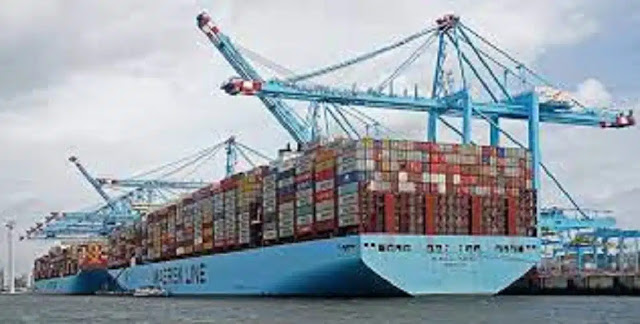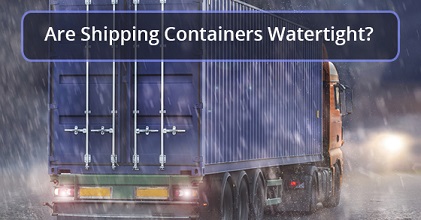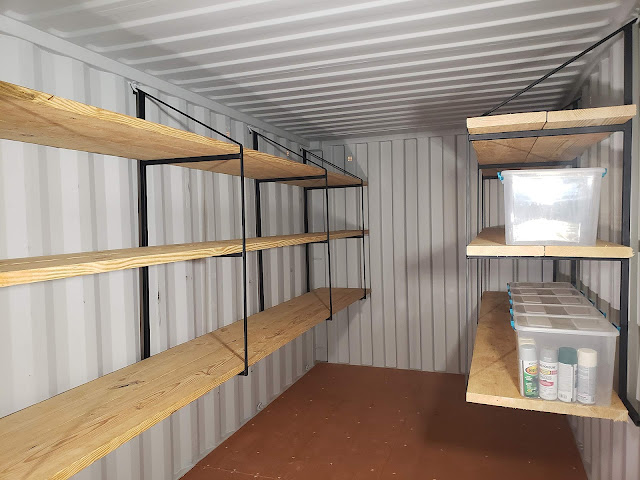Container Shipping: Connecting the World's Trade Through Steel Boxes
 |
In our modern interconnected world, international trade has reached unprecedented heights, and container shipping has emerged as a driving force behind this global economic exchange. Containerization, the process of transporting goods in standardized steel boxes, has revolutionized the shipping industry. In this blog, we will explore the concept of container shipping, its history, advantages, challenges, and thits vital rolen connecting the world's trade.
Must Read: Navigating Container Shipping Rates in the USA: Complete Guide
The Evolution of Container Shipping
Container shipping traces its roots back to the mid-20th century when American trucker Malcolm McLean revolutionized the transportation of goods. In 1956, he introduced the first standardized shipping container, measuring 8 feet wide, 8 feet tall, and 10 or 20 feet long. This innovative approach replaced labor-intensive and time-consuming practices of loading and unloading cargo from ships, revolutionizing the shipping industry.
The Advantages of Container Shipping
- Efficient Loading and Unloading: Containers are designed for easy loading and unloading, streamlining the process and significantly reducing port turnaround times. This efficiency translates to cost savings for shipping companies and smoother supply chain operations.
- Increased Security: Standardized containers improve the security of goods during transportation. Sealed and monitored containers minimize the risk of theft, tampering, and damage.
- Intermodal Flexibility: Containers can seamlessly switch between different modes of transportation, including ships, trains, and trucks, with no repackaging. This intermodal flexibility ensures smoother transit and fewer disruptions.
- Environmental Benefits: I considered Container more environmentally friendly than other forms of transportation. Economies of scale and reduced fuel consumption per unit of cargo contribute to lower carbon emissions compared to air or road freight.
- Cost-Effectiveness: Container shipping offers cost-effective solutions for businesses involved in international trade. The standardized process, along with economies of scale, reduces overall shipping costs.
Challenges Faced by Container Shipping
- Port Congestion: As global trade continues to grow, some ports face congestion challenges because of a surge in container traffic. This congestion can lead to delays and increased operating costs for shipping companies.
- Infrastructure Limitations: Some ports and transportation networks may lack the infrastructure necessary to handle the ever-increasing size of container ships. This limitation may require significant investments in upgrading facilities.
- Cargo Theft and Security Risks: While containerization improves cargo security, it doesn't eliminate the risk of theft and piracy entirely. Isolated incidents of cargo theft and security breaches remain a concern.
- Environmental Impact: Although container shipping is more environmentally friendly than other modes of transportation, the cumulative impact of shipping on marine ecosystems remains a challenge. Measures to reduce emissions and minimize the industry's ecological footprint are imperative.
The Future of Shipping
As technology continues to advance, they poised the container for further improvements. Some potential developments include:
- Automation: The automation of certain processes, such as container handling and port operations, is likely to increase efficiency and reduce labor costs.
- Digitalization: The adoption of digital technologies, including blockchain and the Internet of Things (IoT), will enhance cargo tracking, documentation, and overall supply chain visibility.
- Sustainable Initiatives: The industry is expected to embrace greener practices, including the use of alternative fuels and a greater focus on environmental sustainability.
Must Read: Smart Shipping Containers: The Future of the Shipping Industry
Conclusion
Container shipping has transformed the global trade landscape, facilitating the movement of goods across borders with unprecedented efficiency and cost-effectiveness. Its standardized approach, intermodal flexibility, and enhanced security have propelled international commerce to new heights. While shipping faces some challenges, ongoing technological advancements and sustainable initiatives are likely to drive the industry forward. As shipping continues to evolve, it will remain a vital force in connecting the world's trade, fostering economic growth, and fostering international cooperation.
Contact: +1(352) 541-0459 / support@uspcontainershipping.com
We are online 24/7



Comments
Post a Comment